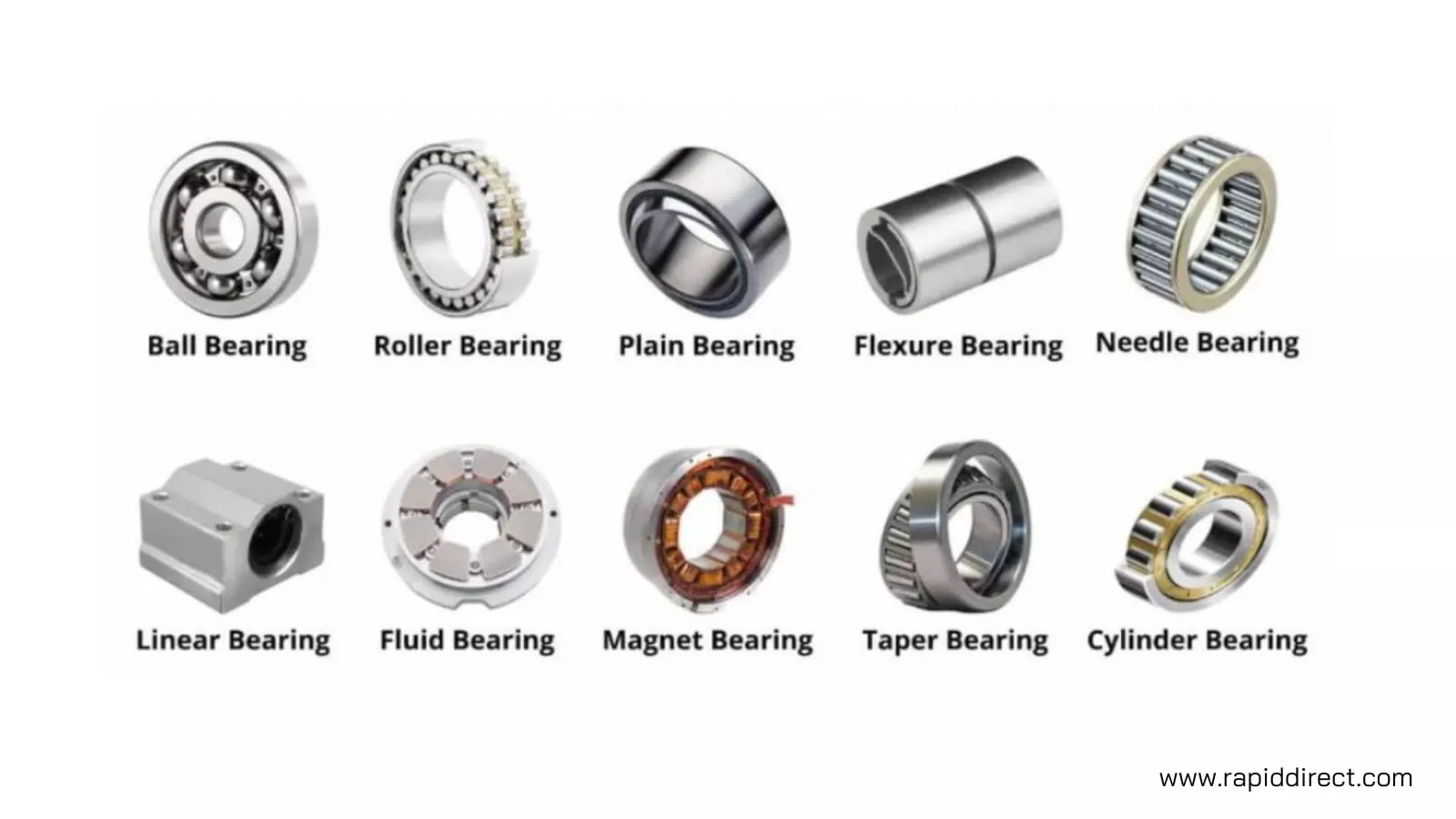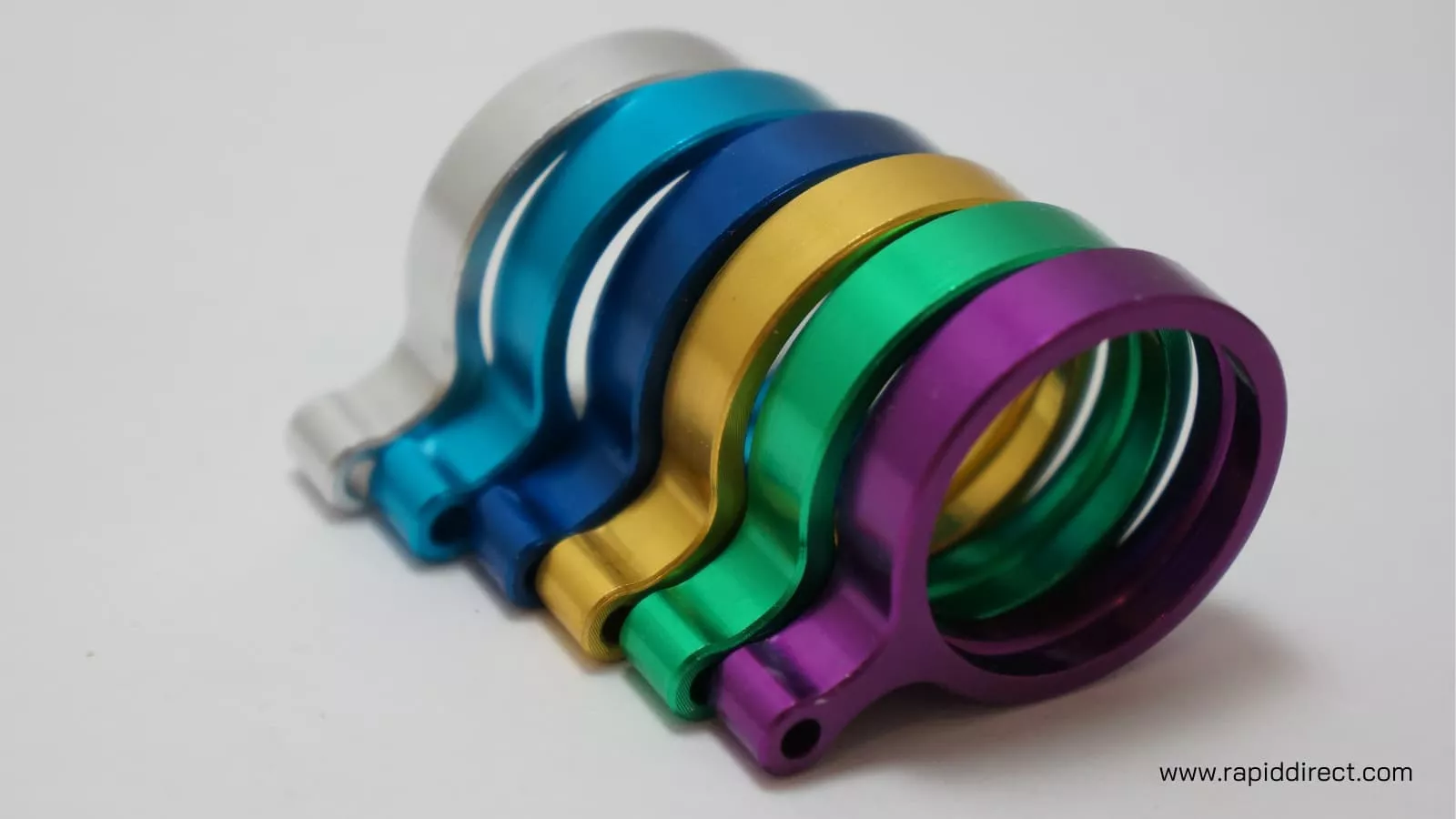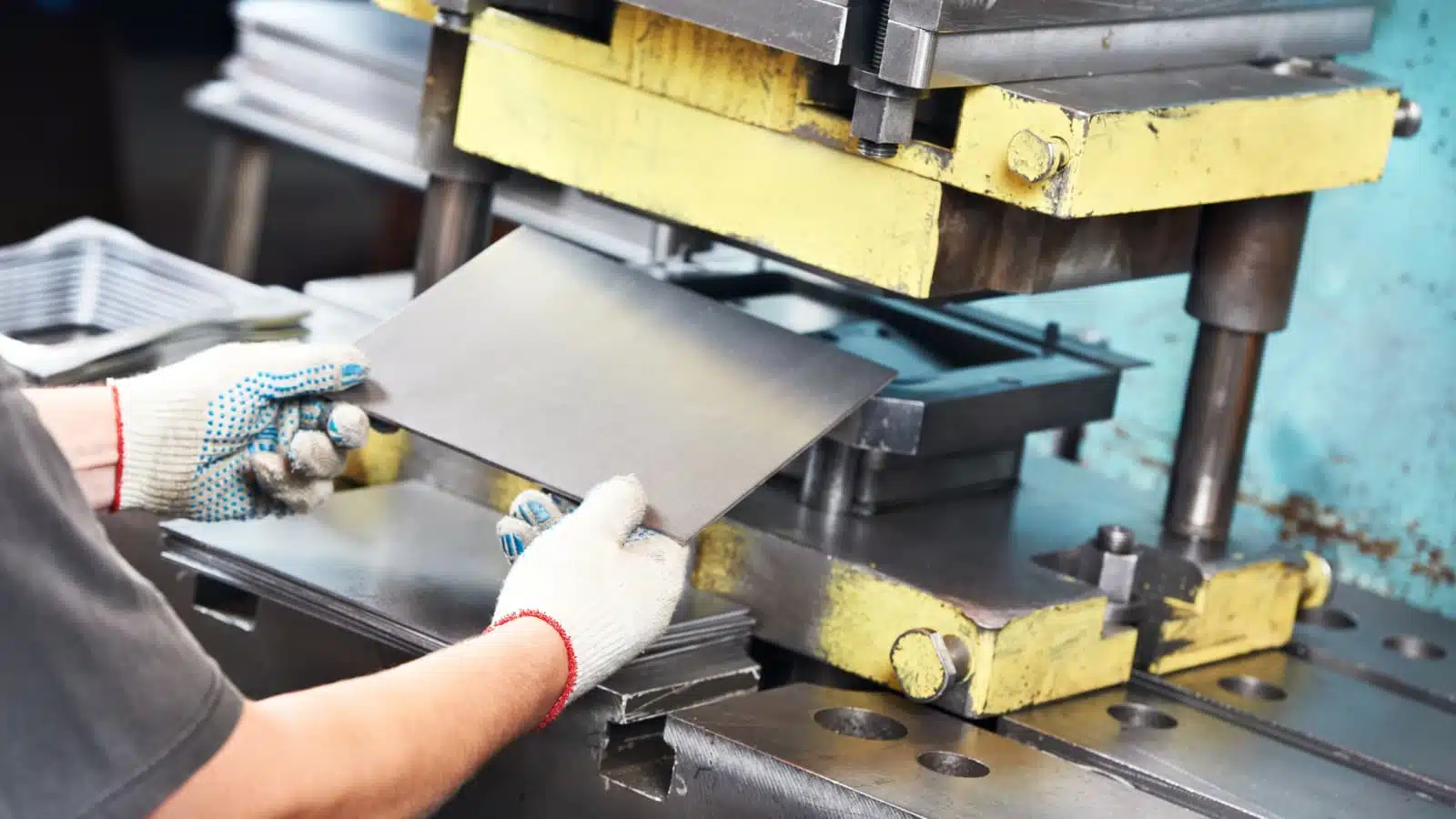The consumer electronics industry has witnessed tremendous growth in recent years and is poised to keep growing. One catalyst for this growth is the technological advances in electronics such as TVs, computers, digital cameras, laptops, and other devices. The demand for such devices has also increased the demand for sheet metal fabrication since the primary components are sheet metal.
In this article, we’ll provide information on sheet metal fabrication in the electronic industry and why the electronics industry needs precision fabrication. We’d also highlight key processes for the electronic industry and the common sheet metals used. So keep reading.
The Electronic Industry’s Need for Precision Metal Fabrication
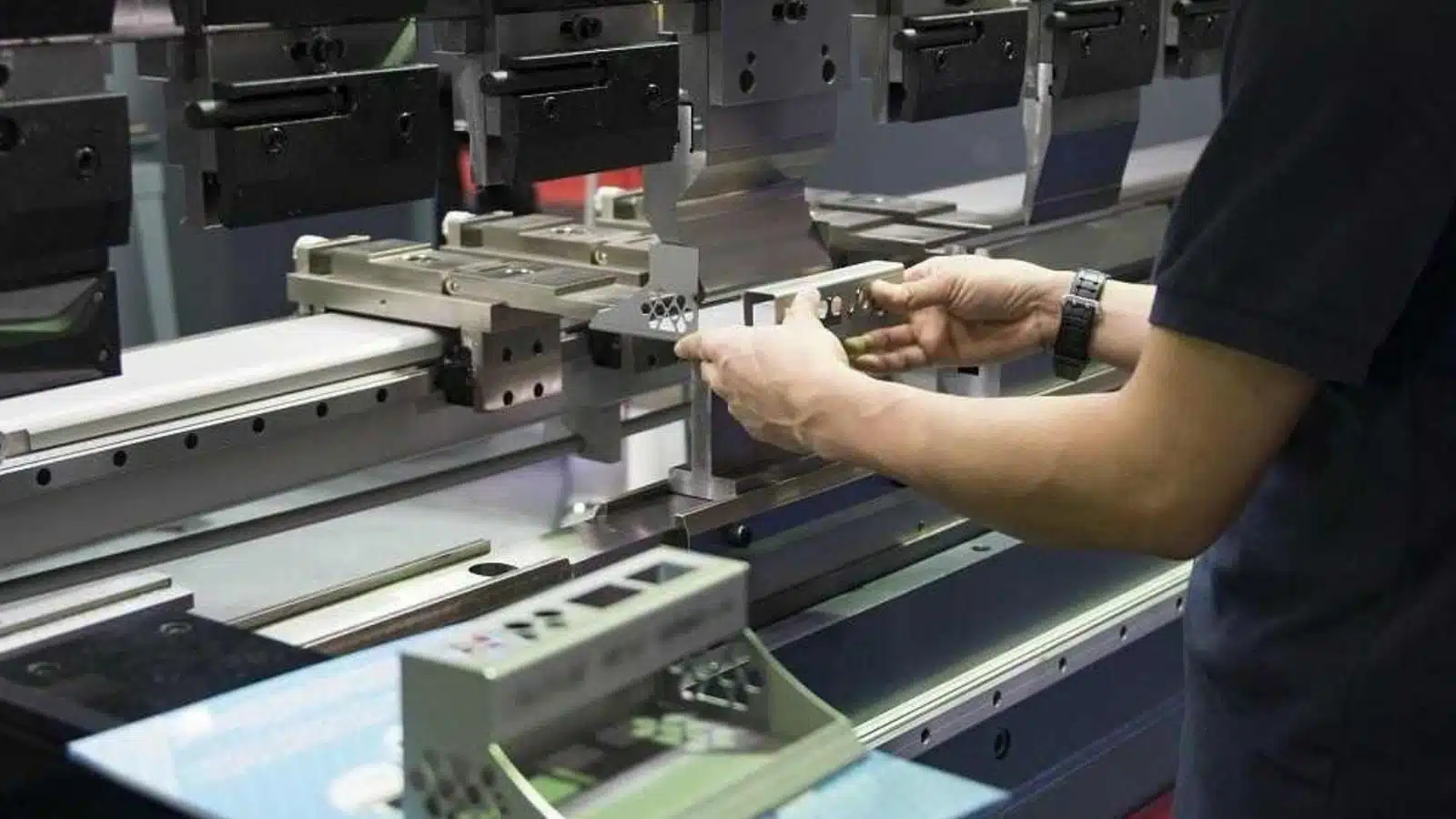
The electronic industry is evolving fast, and to keep up with producing better electronic parts, the industry has the following needs for precision metal fabrication. These needs include;
Miniaturization of Electronic Products
Miniaturization involves manufacturing electronic products that are ever smaller without compromising their efficiency or computing ability. Nowadays, consumers demand smaller, thinner electronic devices that utilize less energy, and without precision metal fabrication, it would be ultra-difficult to meet these demands. The reason is that it is possible to machine sheet metals to miniature sizes without negatively impacting the device’s electronic mechanism.
So, with precision sheet metal fabrication, manufacturers can use advanced materials, machines, and processes to make miniature electronic products. They do this by integrating more features into ICs, reducing the bill of material and electronic product manufacturing costs.
Importance of Durability and Accuracy
Durability is one important quality an electronic product must have. A product’s durability and accuracy level often depend on its material makeup. In other words, using durable materials often produces durable products and vice versa.
Electronic products need to be durable and accurate, and one way to achieve this is by employing materials with this quality in their build. Aside from being lightweight, sheet metals are usually durable and strong.
Customization
Another reason why sheet metal fabrication in the electronics industry is important is the demand for custom-made products. With sheet metal fabrication, customization becomes easier. For instance, manufacturers can now specify the size and shape of the electronic enclosures and the metal used during the process.
Additionally, it becomes possible for manufacturers to create user interfaces on housing and produce cutouts for fans, switches, connectors, LED panels, and cables. The ease of customization also makes designing buttons on electronics easy.
Thermal Management
Electronics produced using traditional manufacturing processes create a lot of heat, primarily due to the number and size of transistors on them. When managed improperly, this heat often results in the circuit boards within these products suffering from warpage, resulting in product overheating and subsequent failure.
However, with sheet metal fabrication, improved product design, and high-performance computing applications, manufacturers can pack thousands to millions of transistors on tiny microchips without overheating risk. This is primarily because the sheet metals used in the fabrication of new-generation electronics are better heat conductors, consequently making the system thermally efficient.
Enhanced Aesthetics
Aside from product functionality, aesthetics plays a huge role in the degree of acceptance a product receives from the market. Incorporating sheet metals with electronics enhances product aesthetics. Sheet metal gives consumer electronics a minimalist look and a sleek and modern appearance. The metals used for the fabrication are also made resistant to corrosion, ensuring electronics and their components retain their appearance over time.
Key Processes in Sheet Metal Fabrication for Electronics
There are important processes to ensure better production when making fabricating sheet metals for electronics.
Cutting: Laser, Plasma, and Water Jet Cutting
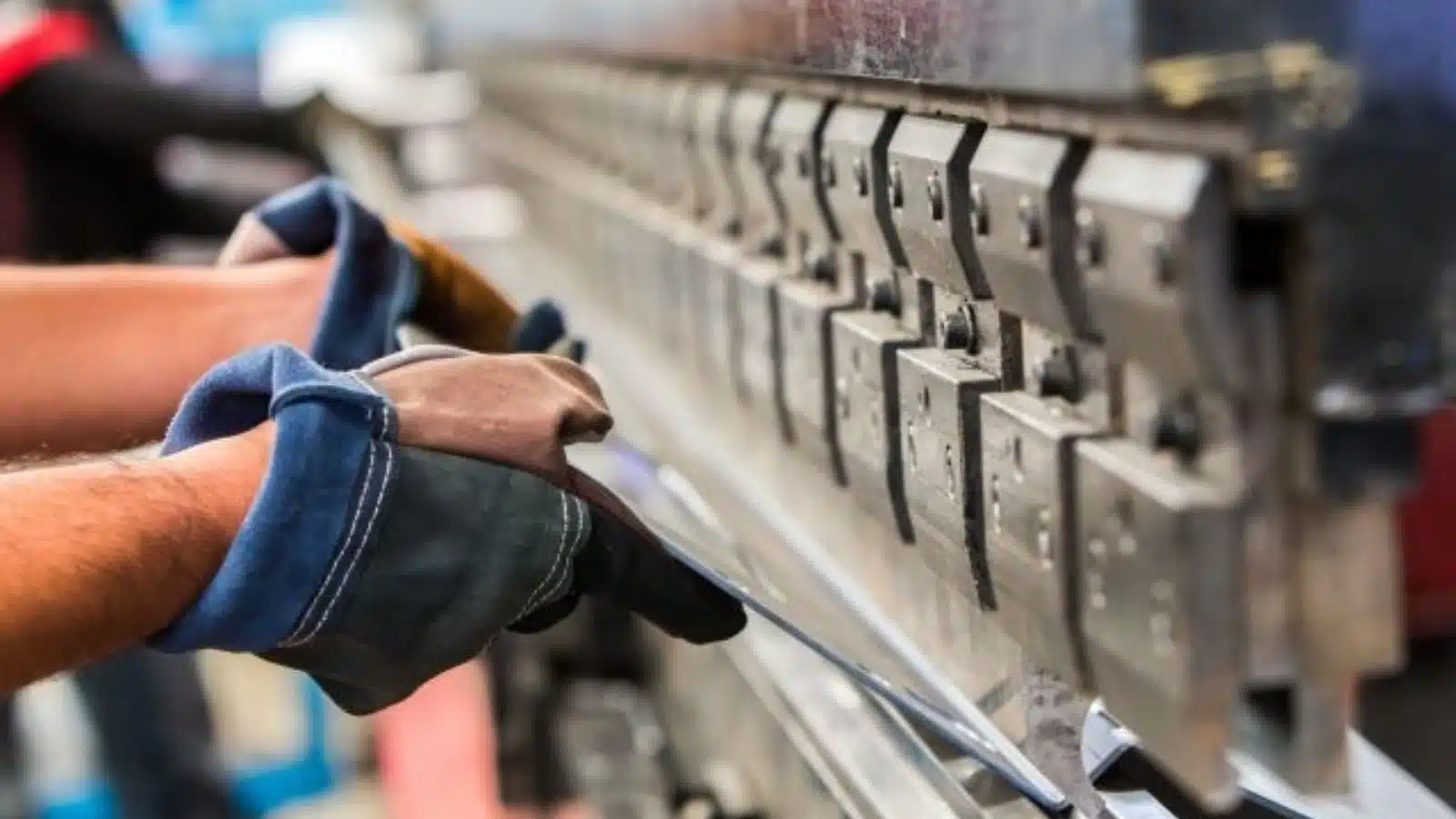
Cutting the metal is the first step in sheet metal fabrication design. Manufacturers often carry out this key process using a laser, plasma, or water jet cutter. These cutters are very accurate and reliable, important qualities for cutters used for fabricating sheet metal.
The cutter used often depends on the type of sheet metal being cut. For instance, laser cutting, which involves a laser, is suitable for cutting almost all metal alloys, including aluminum, copper, steel, and brass. Plasma cutting, on the other hand, involves using an accelerated jet of hot plasma to cut through electrically conductive materials. It is ideal for cutting metals like steel, stainless steel, aluminum, brass, and copper. Water jet cutting fabricates sheet metals using a high-velocity stream of ultra-high-pressure water. This cutting tool is ideal for fabricating carbon steel, stainless steel, titanium, and aluminum.
With these sheet metal cutting methods, manufacturers can achieve tight tolerances ranging from +/- 0.03 to 0.007 inches. Consequently, it ensures that electronic parts meet industry-required standards.
Forming: Press Brakes, Roll Forming
The next key process in sheet metal fabrication is the forming. During forming, the sheet metal is bent. The sheet metal bending needs to be precise; bends and curves should be smooth to ensure high-quality parts. There are different ways of forming sheet metals, but the notable ones are press brakes and roll forming.
Press brakes are ideal pieces of equipment for precise sheet metal manufacturing nowadays. A press brake is a machine that bends sheet metal by clamping it between a die and punch. The punch and die usually have different shapes, consequently forming different angles.
On the other hand, roll forming involves forming a sheet metal by bending it continuously into a desired cross-section. The process involves passing a sheet metal strip through sets of mated rolls, with each roll making incremental changes to the form.
Joining: Welding, Riveting and Adhesive bonding
After forming the sheet metal, the next key process is assembling or joining the individual parts. Electronic manufacturers use different techniques for joining sheet metals, which include welding, riveting, and adhesive bonding.
Welding is one of the most popular processes involving high heat to melt parts together. Precision sheet metal welding using TIG welding has become more and more popular over time. However, it takes a while to TIG weld sheet metal.
On the other hand, riveting involves joining sheet metals together by using a metal part called a rivet. The rivet functions by joining parts through adjacent surfaces. It is an easy-to-use as well as inexpensive way of joining sheet metals.
Adhesive bonding involves joining sheet metals for use in building electronics using adhesives. This joining method is quite beneficial for sheet metals as it improves the fatigue strength and stiffness of the joined parts better than other joining methods.
Finishing: Painting, Powder Coating and Anodizing
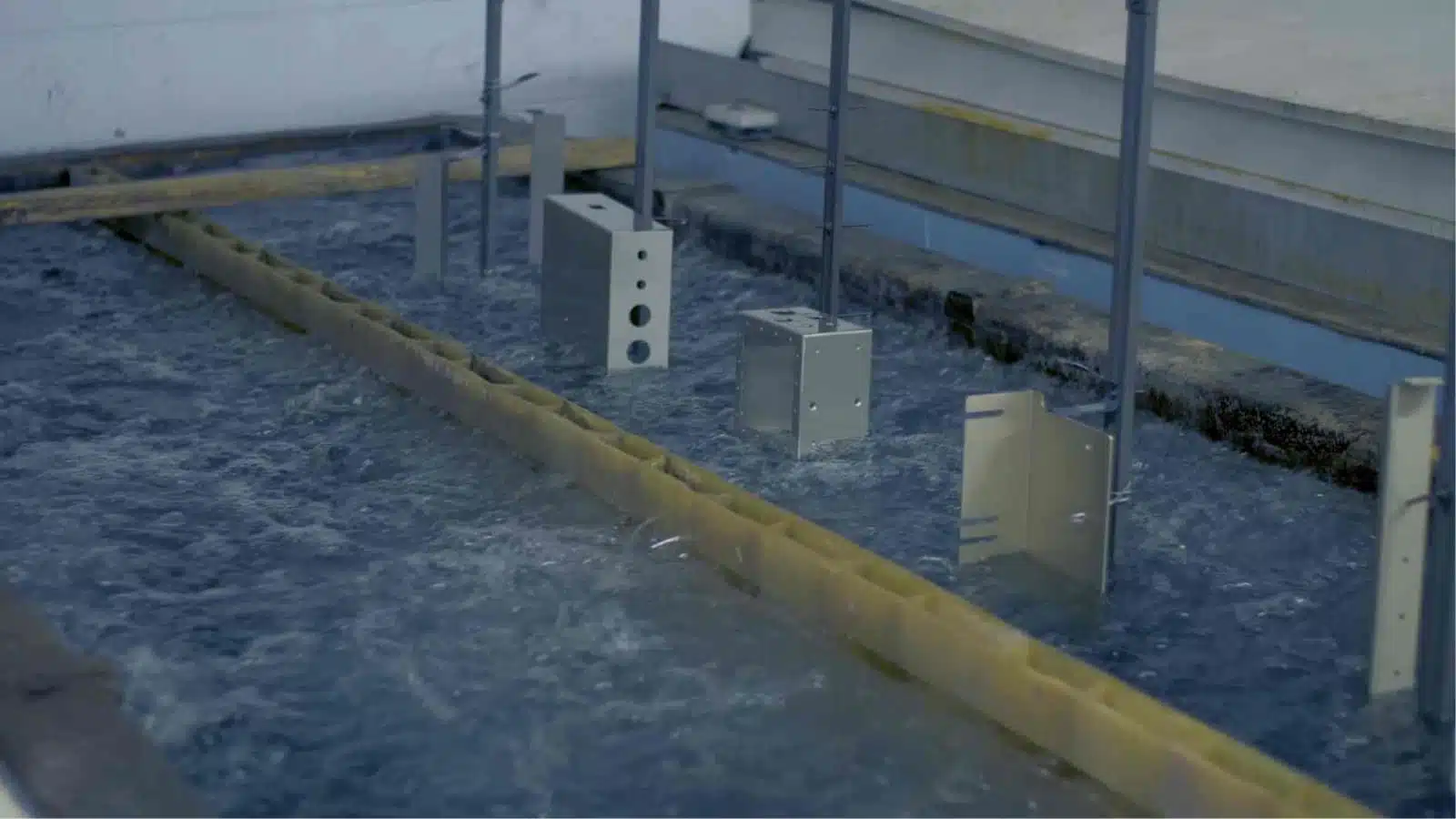
Having joined the parts, the final sheet metal fabrication process involves applying a surface finish. Surface finishes not only improve the aesthetics of the joined parts. It also seeks to improve their physical, chemical, and mechanical properties. Several sheet metal finish solutions are available, but painting, powder coating, and anodizing are best used with electronics.
Painting improves the aesthetic appearance of sheet metals. It also forms a protective layer, shielding joined metal parts from corrosive and oxidative forces, improving part performance and durability over time.
Powder coating involves applying a layer of dry powder on the surface of sheet metals. This powder layer makes the sheet metal scratch, fade, and corrosion-resistant. On the other hand, anodizing adheres completely to the sheet metal, improving its aesthetics. Anodizing lasts longer on parts as a surface finish, offering color stability.
CTA: Regardless of the type of cutting, forming, joining, and finishing you want for your electronic sheet metal, RapidDirect offers precision sheet metal fabrication, ensuring the part meets industry standards in quality and tolerance.
Sheet Metals Commonly Used in Electronics
There are a lot of sheet metals in existence today, but not all of them are ideal for use in making electronics. This unsuitability could result from these metals’ physical, mechanical, or chemical attributes. Nonetheless, the sheet metals commonly used in electronics include;
Aluminum
Aluminum is an excellent choice for applications requiring lightweight materials. Even in its unfinished state, this metal boasts impressive corrosion resistance. Beyond its durability, aluminum is well-suited for key electronic sheet metal fabrication processes, such as cutting, welding, and joining.
Aluminum is a budget-friendly material with various properties depending on the grade. Nonetheless, this metal is generally ductile, weldable, and resistant to chemicals and elements, making it an important electronic sheet metal.
Stainless Steel
It is best to use this kind of sheet metal for products that frequently come into contact with moisture. In other words, it is ideal for making electronic housing/enclosures. It has chromium, which considerably lessens corrosion from severe or moist settings.
Aside from high corrosion resistance, stainless steel has high formability, conductivity, low production costs, and changeable optical qualities with mechanical strength, making it an ideal electronic sheet metal.
Copper and Brass
Copper has excellent thermal conductivity, making it ideal for use in electronics as heat exchangers. It also has a low resistance level, making it an excellent conductor of electricity. It is also ductile and highly malleable.
Brass is an alloy of copper; like copper, it has excellent electrical properties. It also has high strength and good formability qualities, making it a good sheet metal for electronics. Also, brass possesses an appealing aesthetic appearance, which gives it application as a decorative component in electronics.
Zinc
Zinc has a high resistance to corrosion as well as excellent electrochemical properties. It is also an excellent conductor of electricity, making it ideal for making electronic wiring enclosures and switch boxes.
Common Applications in The Electronics Industry
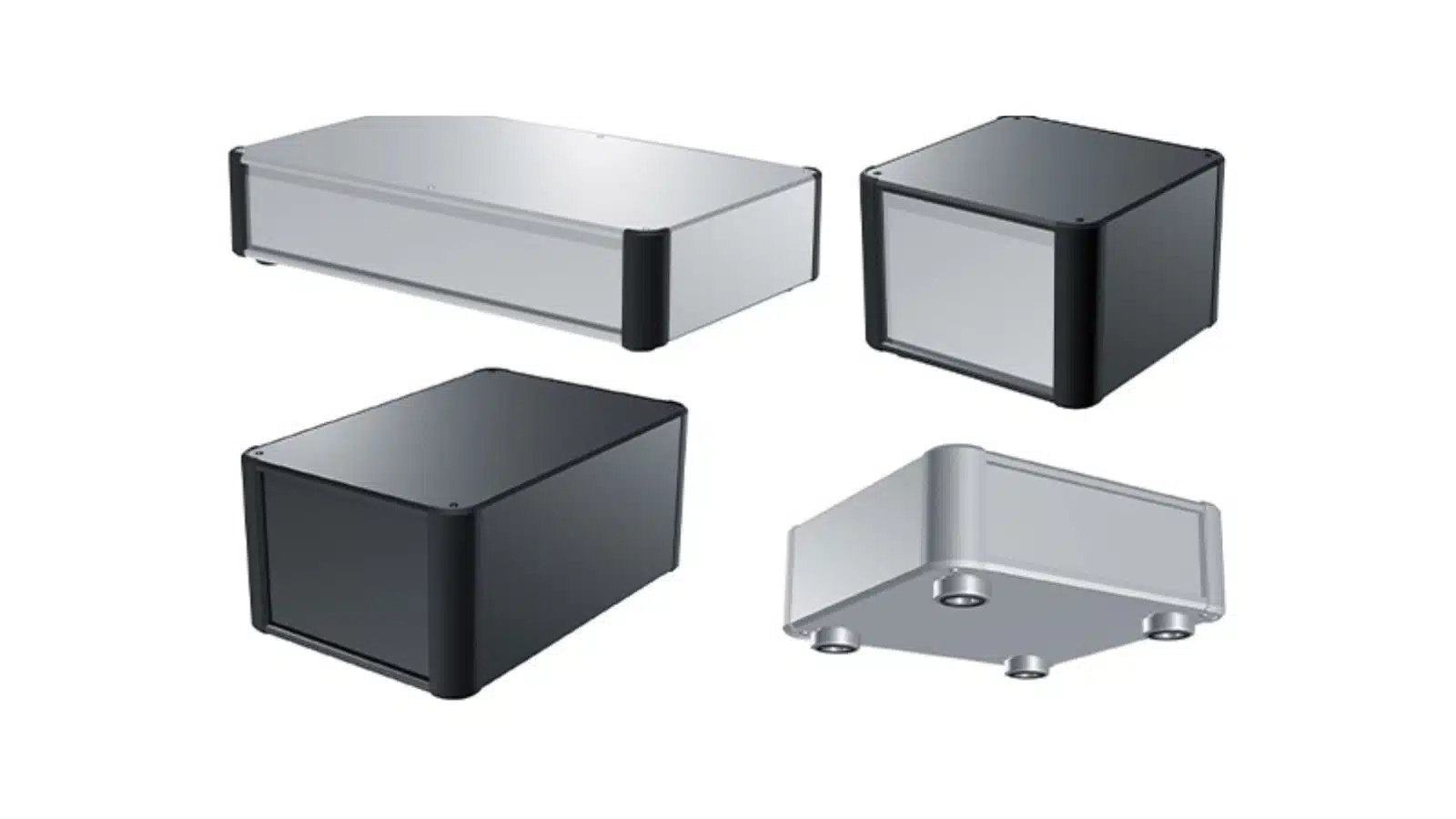
Many devices rely on sheet metal components for their functionality and aesthetics. These parts are crucial for the overall performance of such devices. Here are some common uses of sheet metal components in electronics:
Enclosures for Electronics (PCBs, hard drives, etc.)
Sheet metal enclosures and housings are vital for computer devices, serving as protective containers for internal components. These enclosures safeguard delicate inner parts from damage, dust, and moisture.
It also protects end users from electric shock while guarding the interior components against environmental forces. These devices are long-lasting thanks to these casings, making them sturdy enough for regular usage.
Heat Sinks And Thermal Solutions
When electronics run, they often produce heat. However, heat produced by operating electronics can negatively impact their performance and lifespan. To maintain ideal operating temperatures and avoid overheating, sheet metal heat sinks effectively dissipate heat.
Component shielding and RF Interference Prevention
Electromagnetic interference (EMI) and radio frequency interference (RFI) can potentially damage electronic equipment in our linked world. Device reliability is increased by sheet metal components that are adequately shielded from these interfering radiations.
Mounting Brackets and Structural Components
Small items like mounting brackets and structural components like cable connectors used in electronics can be made using sheet metal fabrication. Large metal or plastic parts can be held together using sheet metals made of aluminum, stainless steel, and copper alloy.
However, because it resists corrosion, stainless steel is the most widely used sheet metal for brackets and connectors. You might also employ sheet metal components that are coated or plated.
RapidDirect’s Advanced Sheet Metal Fabrication for the Electronic Industry
RapidDirect is an industry leader in sheet metal fabrication committed to part accuracy and precision. With our state-of-the-art machinery and technology coupled with an excellent team of professionals with expertise in electronic product manufacturing, we get your product to you in no time.
At RapidDirect, we understand the value of time, so we have one of the fastest turnaround times industry-wide. Our UPS premier – Next-day delivery is available! Also, regardless of your production scale, whether prototyping, small volume, or large volume production, we have covered.
Additionally, we offer the highest quality, so we have strict quality control measures and quality assurance processes that guarantee your electronic sheet metal meets industry quality standards.
Conclusion
Sheet metal fabrication in the electronic industry is an important subject because sheet metals are the fundamental building blocks of modern-day electronics. They considerably improve modern products’ functionality, durability, and aesthetic appeal. These parts perform essential functions, including supporting structural resilience, coordinating effective heat dispersion, and protecting against electromagnetic and radio frequency interference.
Are you looking to manufacture high-quality electronic sheet metals? You are on the right track! Contact us today so we can start working on your order!
